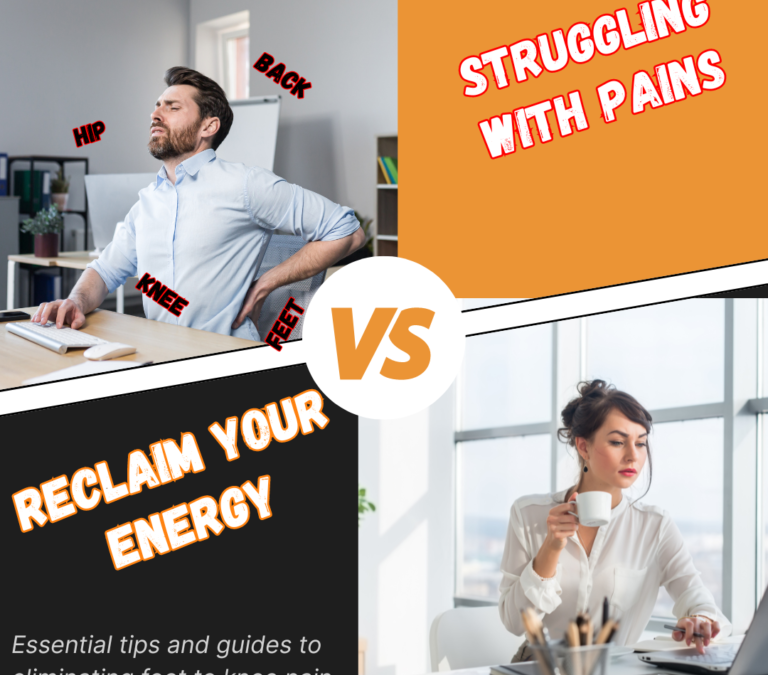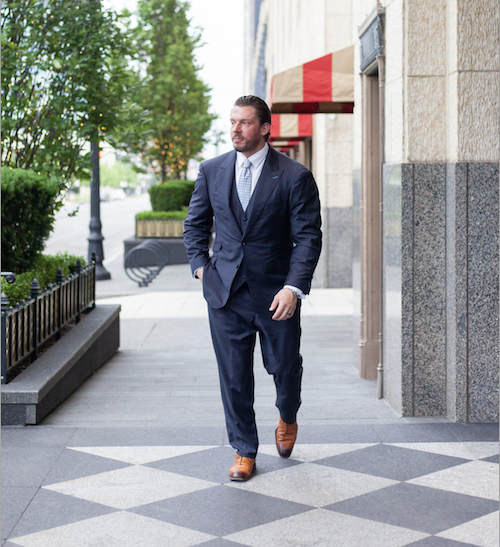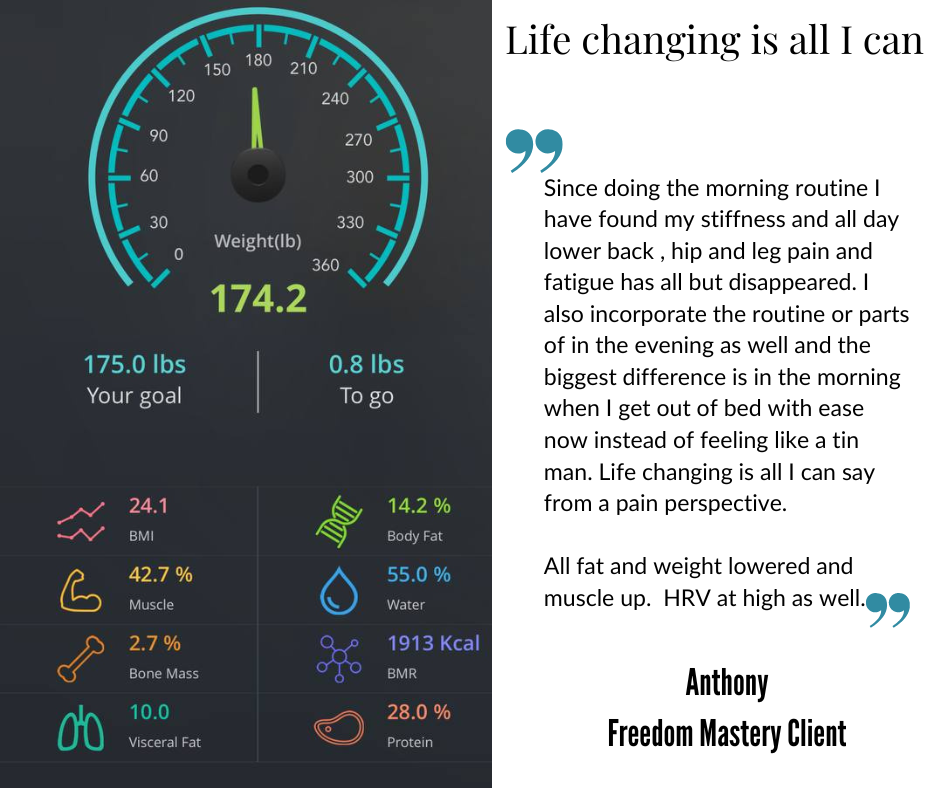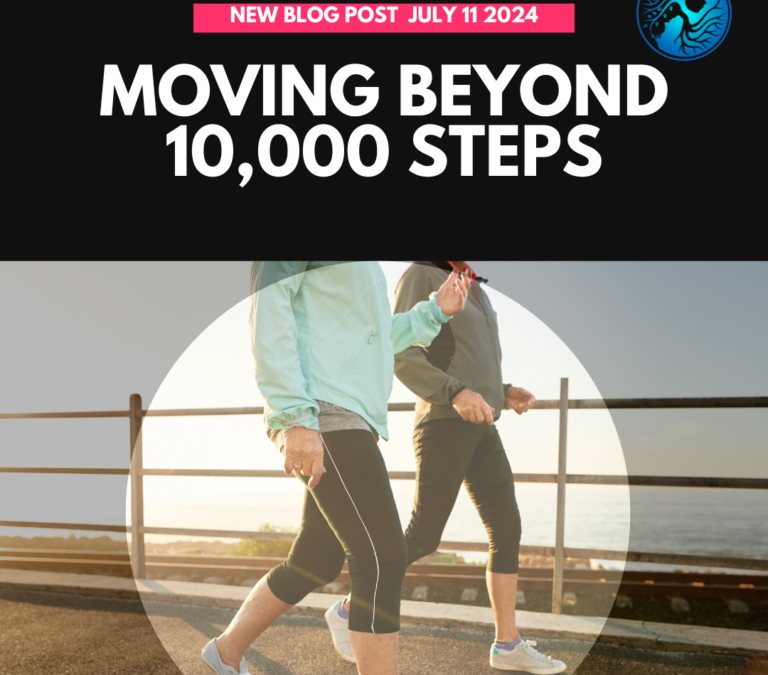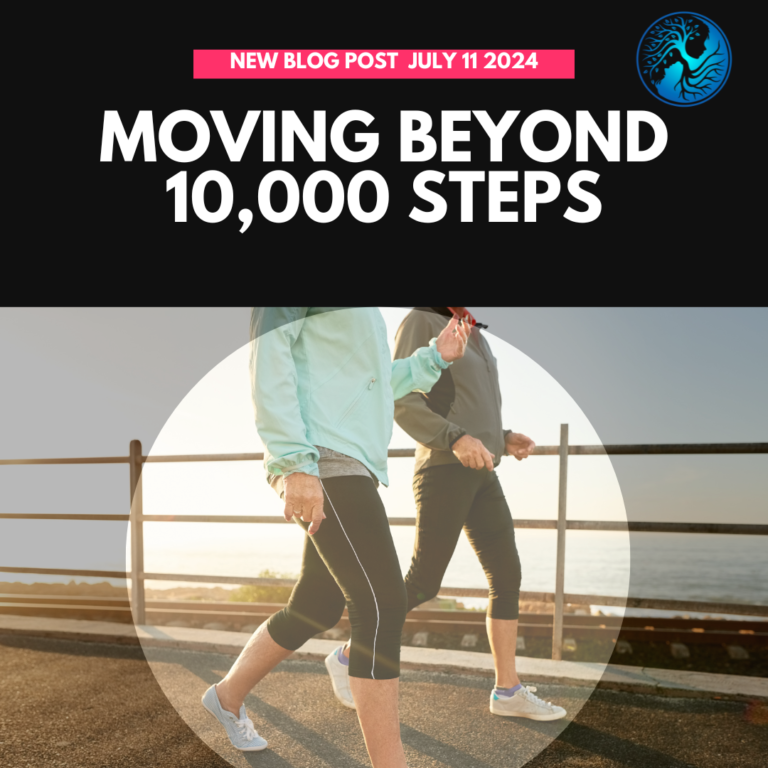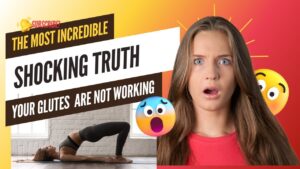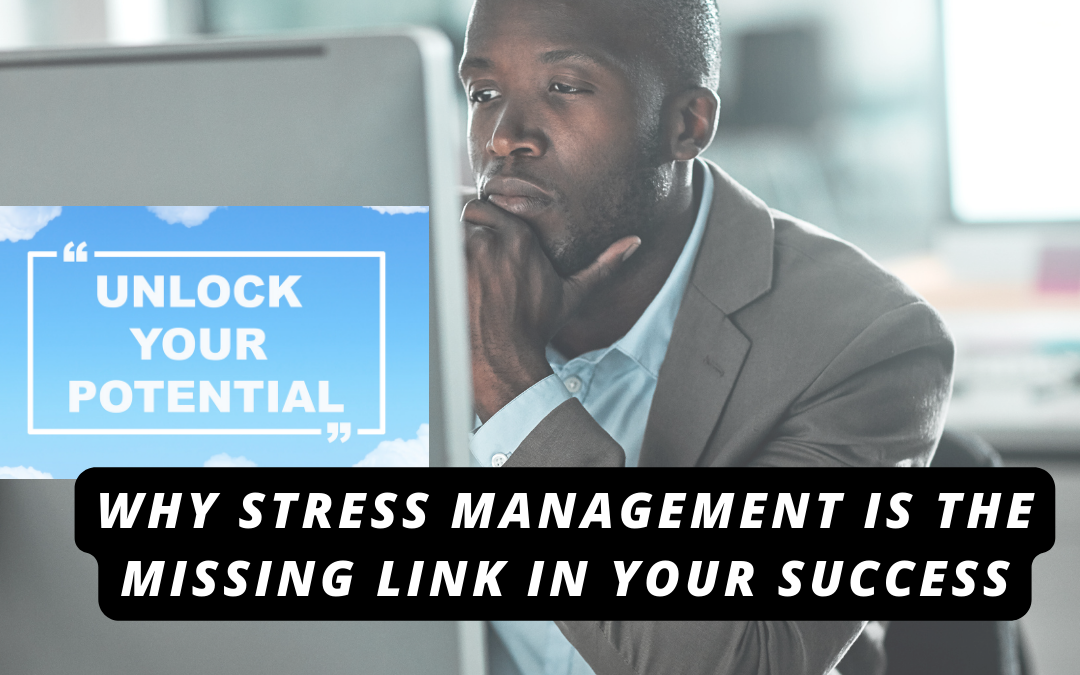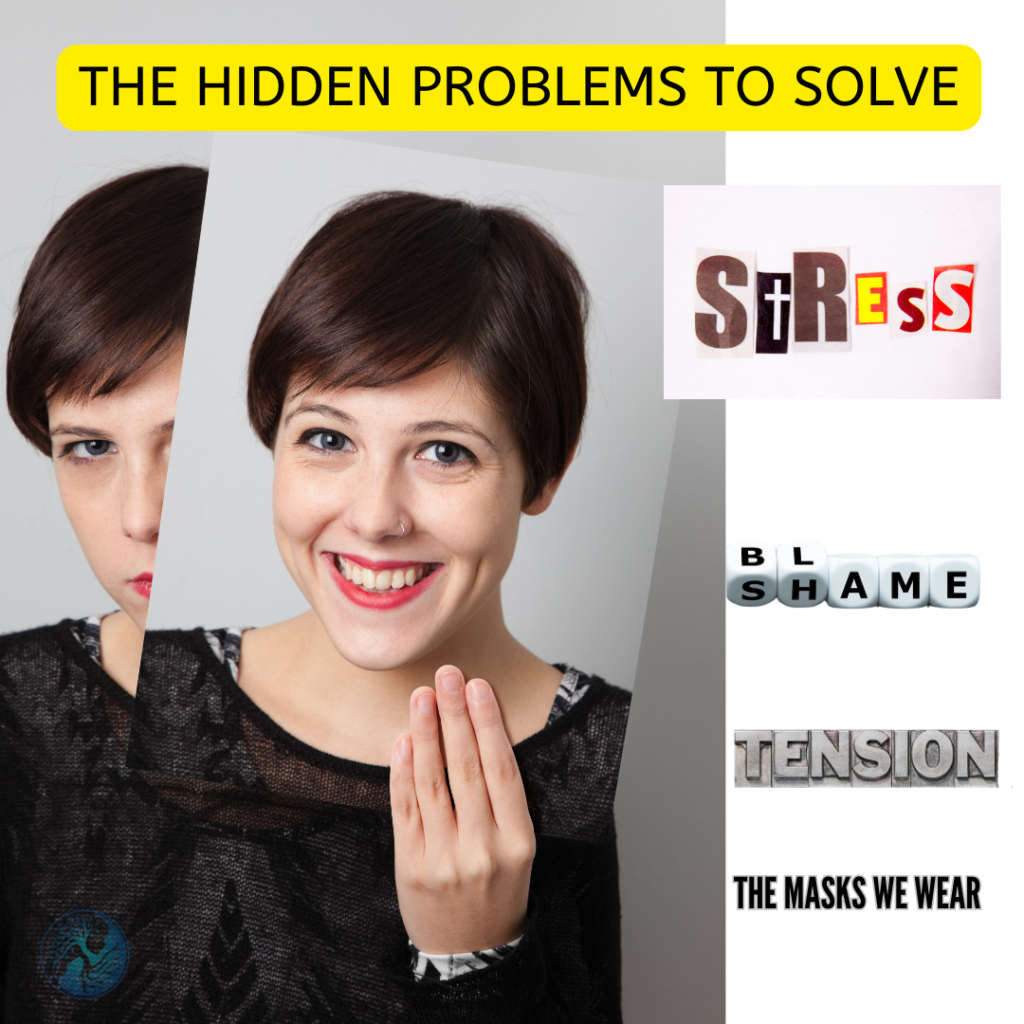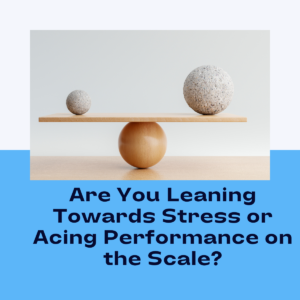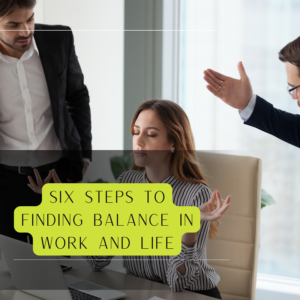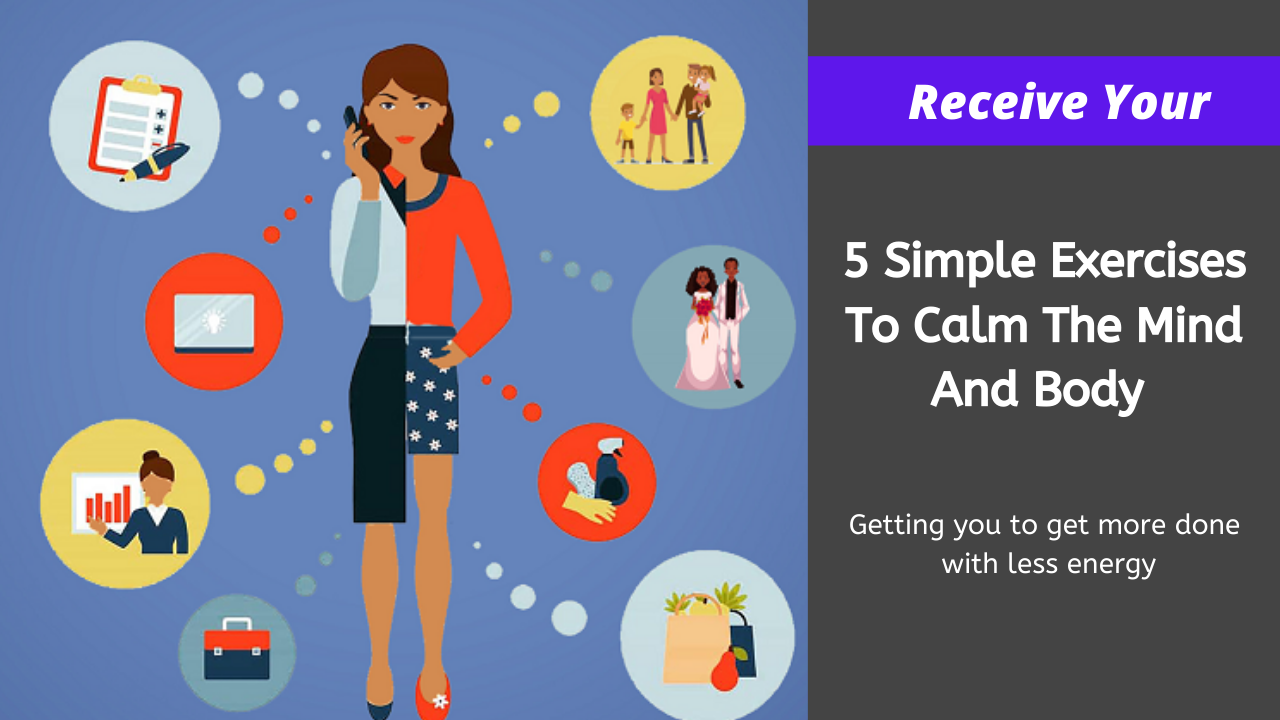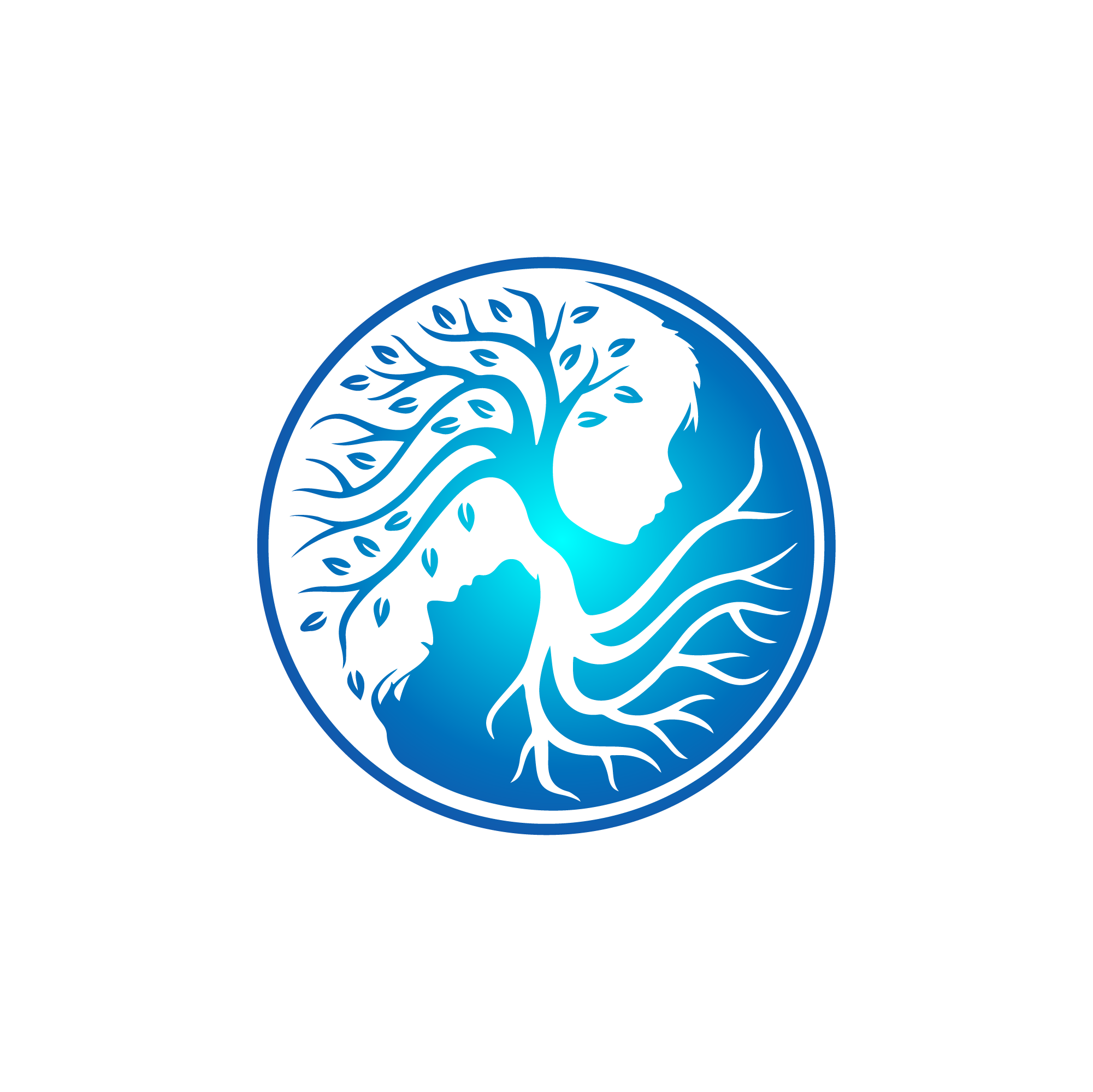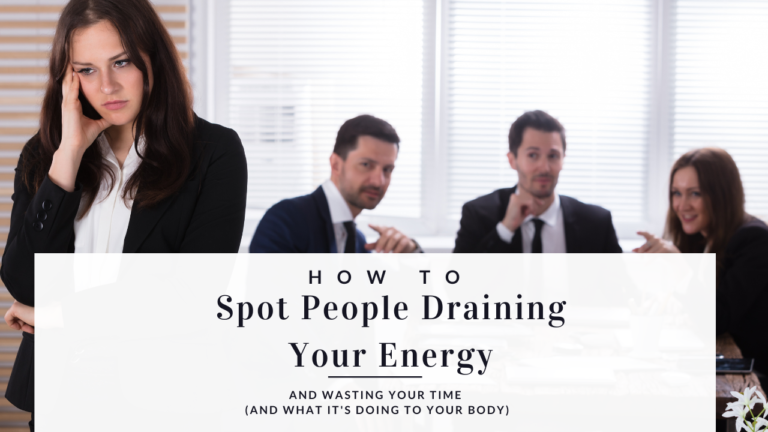
How to Spot Energy Drainers: Protect Your Time and Focus as a High Performer
by Patrick LeRouge | Sep 12, 2024 | Living Pain-Free
You’re the kind of person who’s always on top of your game, pushing forward, hitting goals, and staying focused. But have you ever noticed that feeling of unease around certain people? Something feels off, but you brush it aside because you’re too busy to dwell on it. Here’s the thing: those “off” feelings are your body’s way of letting you know someone is draining your energy. And if you’re like most high performers, protecting your energy is critical to staying at your peak.
The tricky part is that energy vampires don’t always show up with obvious warning signs. They might even seem friendly. But your body knows something’s wrong, trying to tell you before your mind catches on. So, let’s break down the subtle signs to watch for and why listening to your body’s signals is so important.
The Half-Hearted Smile That Tightens Your Chest
You know the smile. It’s polite, but you can tell it’s not genuine. When someone gives you that forced smile, you might feel a little tightness in your chest. This is your body’s way of telling you their energy isn’t matching yours. It’s easy to ignore, but don’t—because these small moments add up, and over time, they can weigh on your productivity and focus.
Compliments That Feel Empty
You’ve heard it before: “You’re doing great!” But it lacks depth. Sure, it’s nice to get a compliment, but when it feels empty, you’re left with that uncomfortable gut feeling, like something’s missing. It’s your body saying, “Hey, this interaction isn’t pushing you forward.”
As a high performer, you thrive on real, constructive feedback—not fluff. Time spent on these hollow interactions is time that could be spent on growth.
Eye Contact That’s Too Little or Too Much
Ever had a conversation where someone avoids looking you in the eye or stares a little too intensely? It’s uncomfortable, right? Your body feels the imbalance, whether it’s a stiffening in your shoulders or a slight urge to step back. These subtle cues are your body’s way of telling you the energy exchange isn’t right.
The problem is, these small discomforts pile up, leaving you distracted and pulling your attention away from what really matters.
Constant Interruptions That Chip Away at Your Focus
When someone interrupts you, it’s more than just a break in the conversation—it’s a break in your flow. You’re in the zone, focused on getting things done, and suddenly, they cut you off. It’s frustrating. You might notice your heart rate pick up or that flash of irritation. These interruptions force you to refocus, wasting valuable mental energy. And if it happens enough, it starts chipping away at your productivity.
Distancing Body Language That Feels Like Rejection
Sometimes, people don’t need to say anything to let you know they’re not aligned with you. Their body language does the talking. They may turn slightly away when you’re speaking or step back when you approach. Your body feels that subtle rejection—you might notice a constriction in your throat or heaviness in your chest. These are signs that this person’s energy isn’t in sync with yours.
When you ignore these signs, you’re opening up to more energy drain. The more you engage with people who only partially support you, the more your focus and momentum slip away.

Conversations That Go Nowhere
High performers thrive on conversations that lead to progress and new ideas. But when someone constantly shifts topics or dodges meaningful discussions, it feels like a waste of time. You might feel tension in your head or a restless energy in your body. These are clear signs from your body that this interaction isn’t helping you move forward.
Instead of brushing it off, take a step back and realize that the time you spend here could be used to make real progress.
Sarcasm That Feels Like a Cut
We’ve all dealt with sarcasm, but there’s a difference between playful banter and remarks that sting. You can feel the energy shift when someone throws a sarcastic comment your way, and it feels more like a jab. Maybe your jaw tightens, or your muscles get a little tense. These are your body’s responses to negativity. As someone always moving toward the next goal, you don’t have the luxury of letting sarcastic digs pull you down.
Exclusion That Leaves You Disconnected
It’s one thing to be left out. Still, it hits differently when people intentionally exclude you from essential plans or conversations. You might feel a flutter of anxiety or tightness in your chest because your body knows something’s off, even if your mind is trying to downplay it. When people don’t value your contributions, your energy takes a hit.
You’re better off investing your time and energy in people who recognize your value. Surrounding yourself with the right people will keep your focus sharp and your energy high.
The Science Behind Energy Vampires
It’s not just a feeling—there’s real science behind why negative interactions drain your energy. Research shows that even small, negative interactions can spike cortisol levels by up to 26%, increasing stress. And the American Psychological Association found that 36% of workers feel tense because of difficult coworkers. On top of that, the University of California, Irvine found that every time you’re interrupted, it takes an average of 23 minutes and 15 seconds to get back into focus. That’s a lot of wasted time!
Real-Life Examples of Energy Vampires
Let’s talk about some common energy vampires you’ve probably encountered:
- The Constant Complainer: You know, the person who always finds something to gripe about—whether it’s the workload or even the coffee. They suck the enthusiasm right out of your day, making it hard to stay positive and productive.
- The Overly Dramatic Colleague: This is the person who turns minor issues into major crises. Their overreactions create unnecessary stress, derailing your focus and wasting your time.
- The Monopolizer: Have you ever been stuck in a conversation with someone who loves talking but never lets anyone else get a word in? It’s exhausting, especially when you have more important things to do.
- The Gossip: Engaging in gossip feels like a detour from your goals. It’s a distraction that doesn’t serve your purpose and leaves you feeling drained.
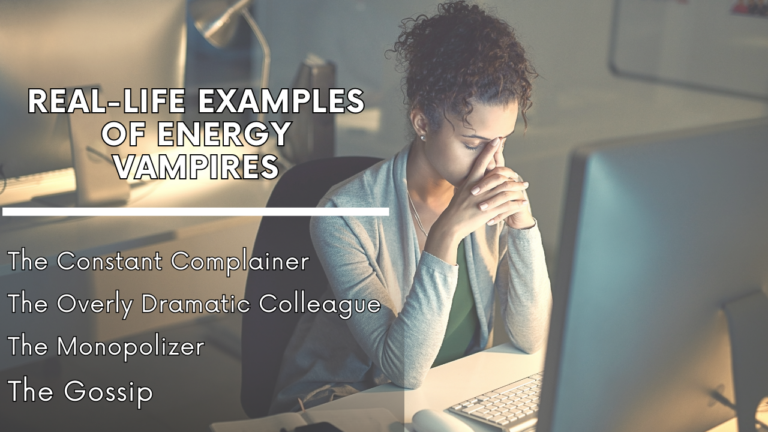
Strategies to Protect Your Energy
Now that you know the signs, how do you deal with energy vampires? Here are a few strategies to protect your energy:
- Set Boundaries: Be clear about your limits. If someone is constantly complaining, you can say, “I understand, but I need to focus on my project right now.”
- Redirect Conversations: When a conversation veers off track, steer it back to something productive. “Let’s focus on how we can make this project better.”
- Limit Exposure: Reduce time spent with people who drain your energy. It’s okay to skip the small talk if it’s going to throw off your day.
Pay Attention to the Signals
If this sounds familiar, your body has been trying to tell you something for a while. The tightness in your chest, the quickening of your heartbeat, the knots in your stomach—those are all signs that the people around you are taking your energy and wasting your time.
As a high performer, you must protect your energy fiercely. Surround yourself with people who lift you and push you forward. You’ll find that when you do, you have more focus, energy, and time to accomplish what matters.
Listen to your body—it knows what’s best for you. Keep your energy high, stay focused, and watch how much more you can achieve.
Don’t Stop Here
More To Explore
How to Spot Energy Drainers: Protect Your Time and Focus as a High Performer
You’re the kind of person who’s always on top of your game, pushing forward, hitting goals, and staying focused. But have you ever noticed that
Reclaiming Your Energy and Overcoming Chronic Pain: A Guide for Impact-Driven Entrepreneurs
Reclaiming Your Energy and Overcoming Chronic Pain: A Guide for Impact-Driven Entrepreneurs A Guide for Impact-Driven Entrepreneurs As an entrepreneur, you thrive on action, vision,
Unlock Peak Performance: Move Beyond 10,000 Steps with Purpose-Driven Activity
The 10,000 steps mantra has become a cornerstone of modern fitness culture, promising improved health, weight loss, and longevity. However, what if I told you

